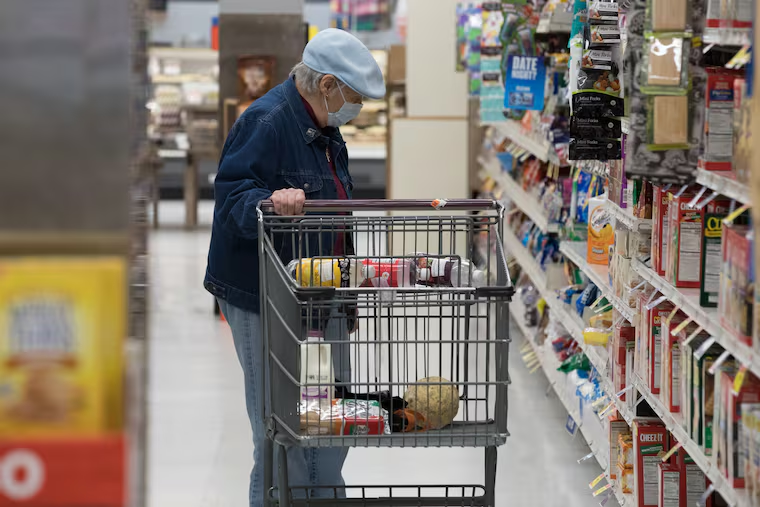The industry says we have enough food. Here’s why some store shelves are empty anyway.
Experts agree there is no aggregate shortage of food or other retail items offered at the supermarket. But many factors are causing product deficits in particular regions and in particular stores.
